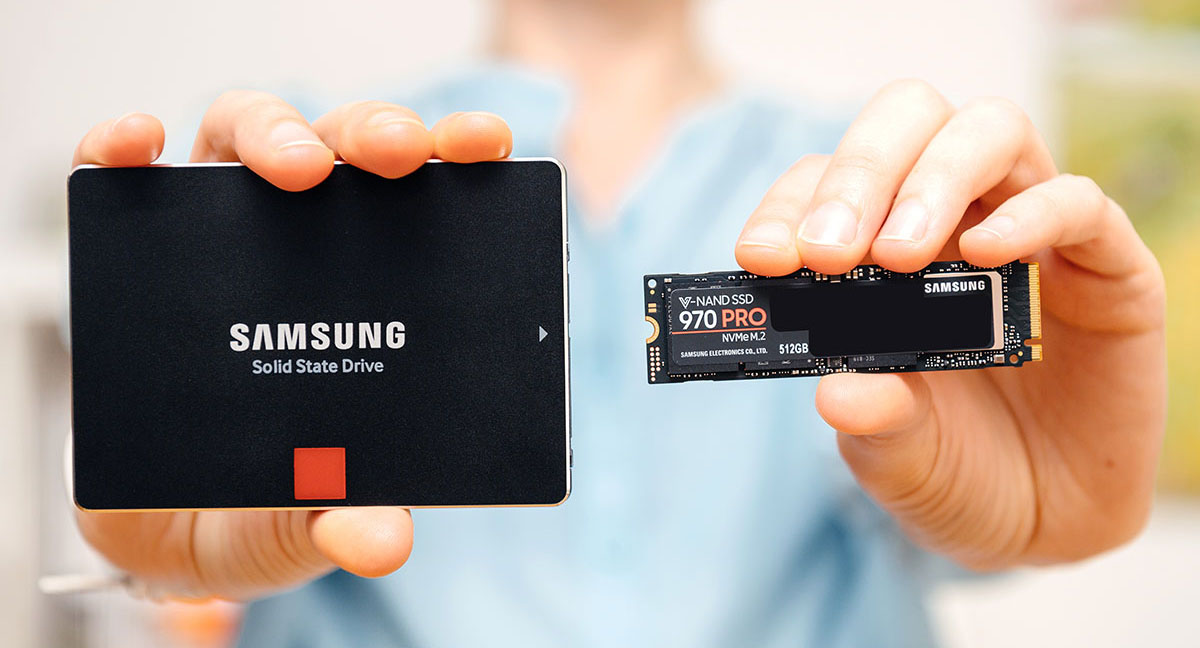In the last handful of years hard drives have undergone a dramatic change. Originally, we had hard disk drives (HDD) and then came solid state drives (SSD). Now we have M.2 SSD and there tends to be some confusion on what these drives are and how much of an upgrade they really do provide. Let’s look into the facts.
What is M.2?
The first thing to understand is that M.2 drives and standard SSD drives are separated by form factor. A normal 2.5” SATA SSD requires two cables (data and power) and is mounted in the case. M.2 SATA SSDs on the other hand, possess the same performance of their 2.5” counterparts and plug directly into the motherboard, thus eliminating the need for cables. But if the only difference is form factor, why ever upgrade? To understand this, we need to look a little deeper at the software powering the drives.
AHCI (Advanced Controller Host Interface) was designed at a time when regular hard disk drives were the standard. This isn’t to say that SSDs will not work with AHCI, but it was not designed to really take advantage of the speed and power of an SSD. Likewise, the same holds true with newer form factors like M.2. A new host interface solves this problem: NVMe.
NVMe was designed from the ground up for SSDs and newer form factors like M.2 SSDs. Without the need for SATA/AHCI, the NVMe controller helps eliminate speed bottlenecks with great effect.
Takaway
Most SSDs will provide read/write speeds around 530/500 MB/s with a SATA III connection, which is much better than a traditional HDD. However, an M.2 SSD using NVMe can process as much as 3500MB/s. That’s 7x faster than SATA based SSDs and as much as 35x over standard HDDs. There is really no doubt that the real game changer here is the ability to use not just M.2 SSDs but NVMe as your controller.
Are your systems compatible with M.2 and NVMe? Ask us. We here at General Technics have over 40 years of experience helping customers reach their system’s greatest potential.


I have a Hp Envy 750-197 which has a M.2 connection. Does that mean it is also NVme ? I process video. I was thinking about installing a M.2 ssd. Advice please
Thanks
Thanks for taking a look at our blog
The HP Envy 750-197 comes with an M.2 socket 1, key A, which is typically
used for an wireless card and will not support an M.2 NVME drive
I have attached a link for the system and motherboard specifications for
you to review
https://support.hp.com/us-en/product/hp-envy-750-100-desktop-pc-series/8499646/model/8901962/document/c04899587